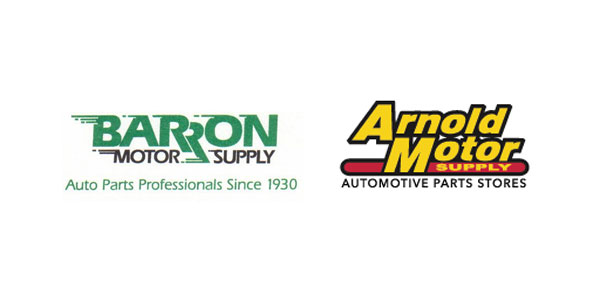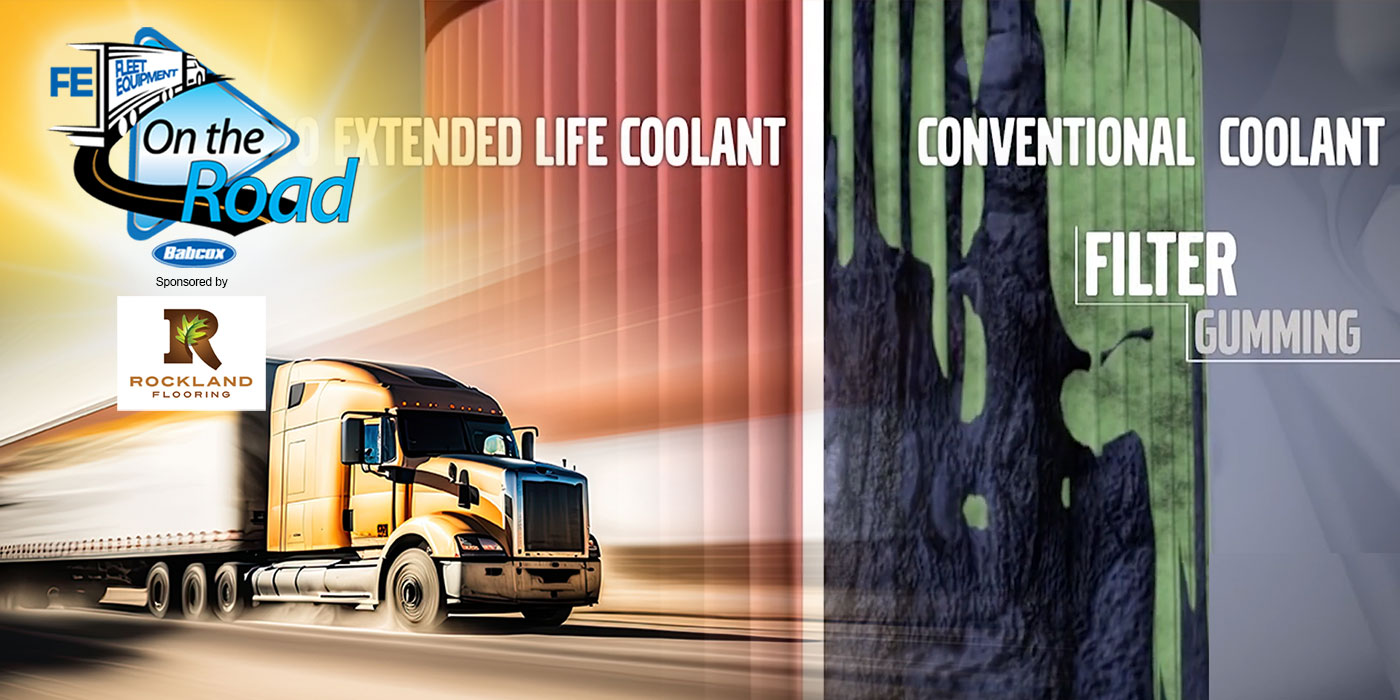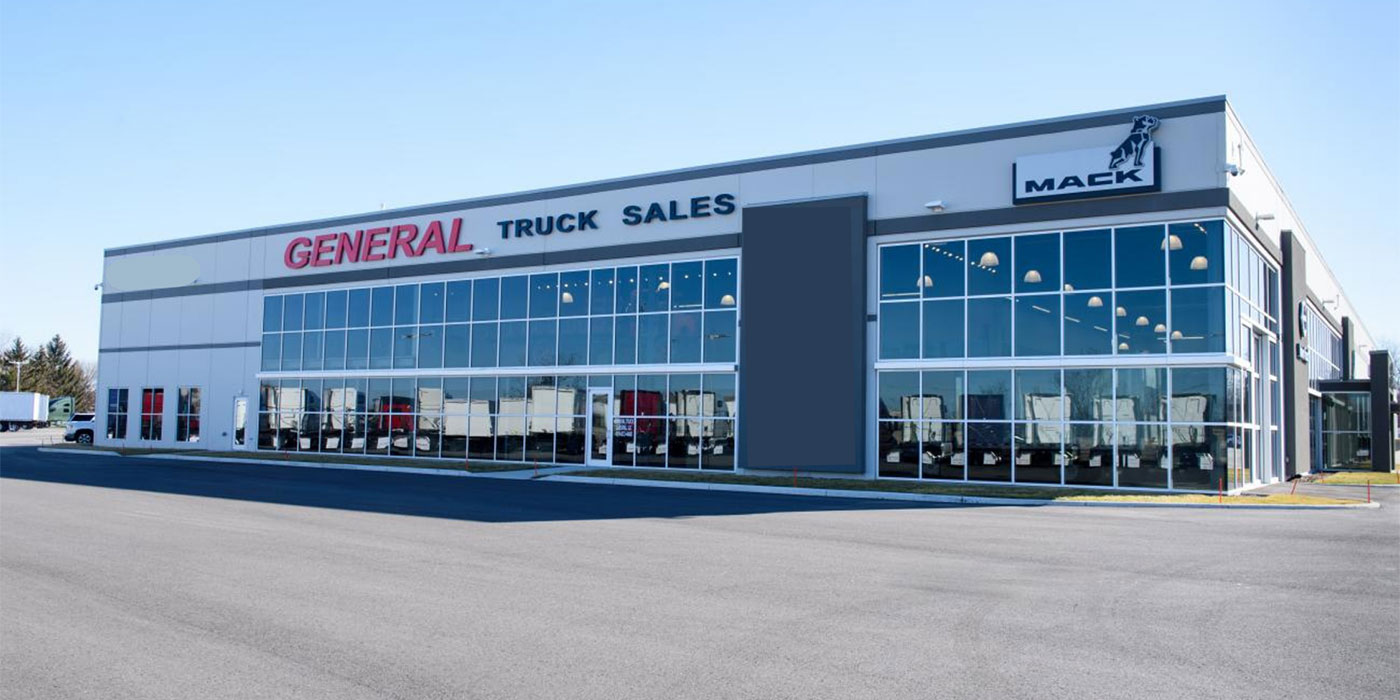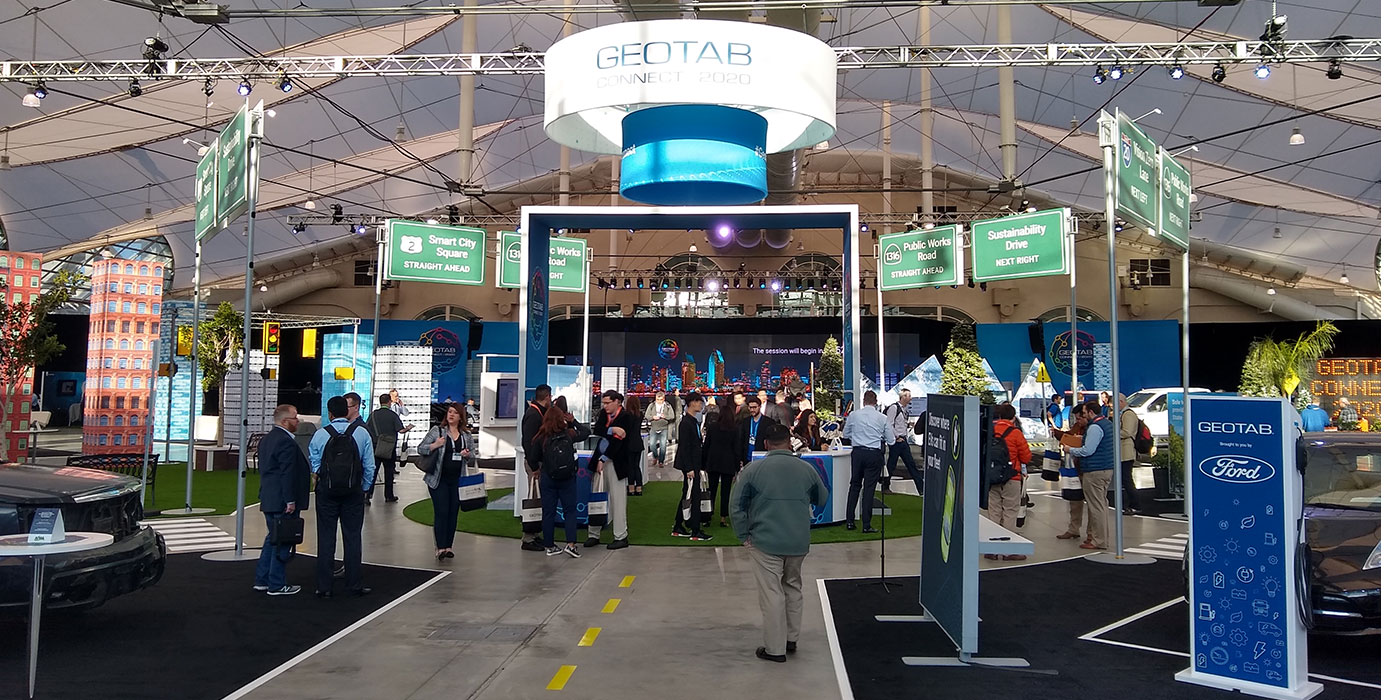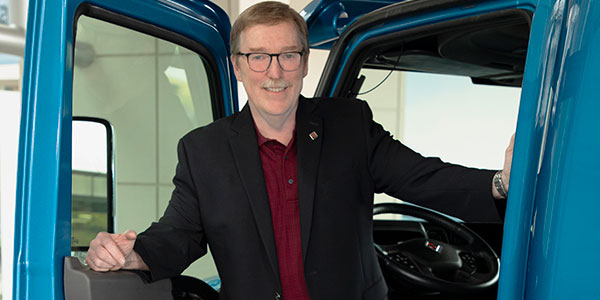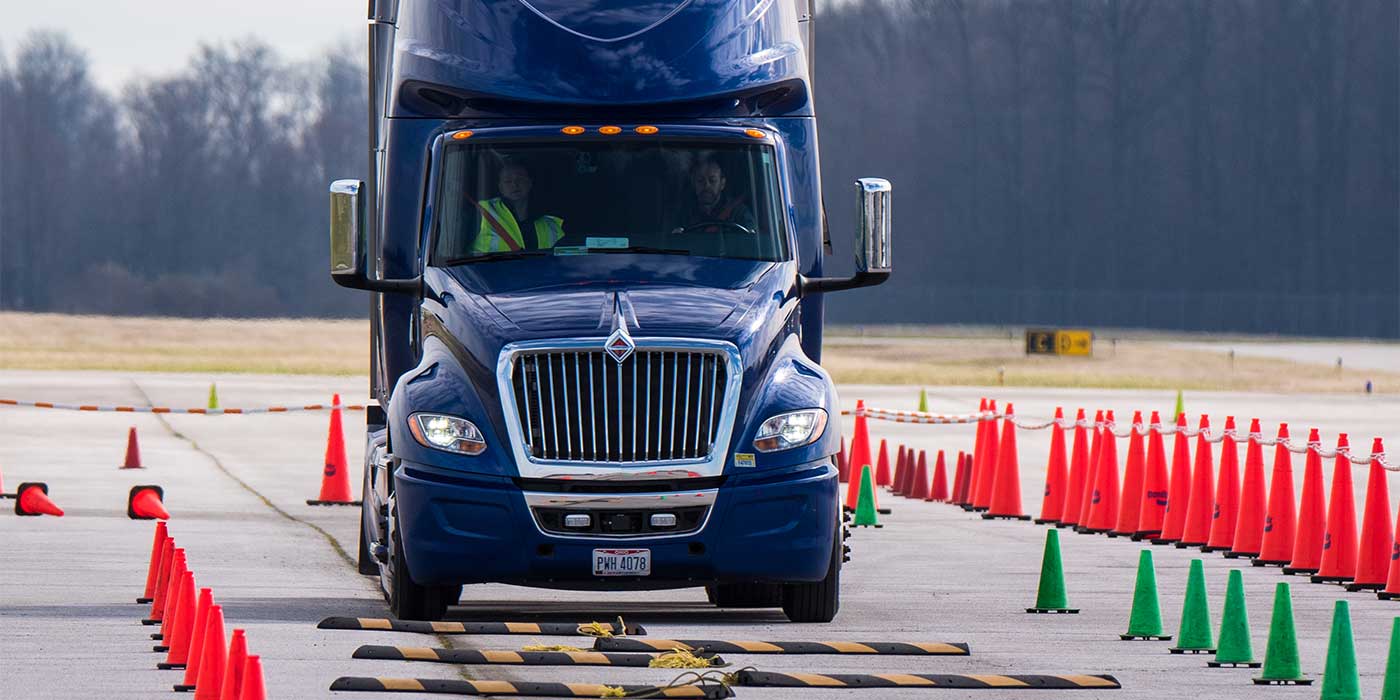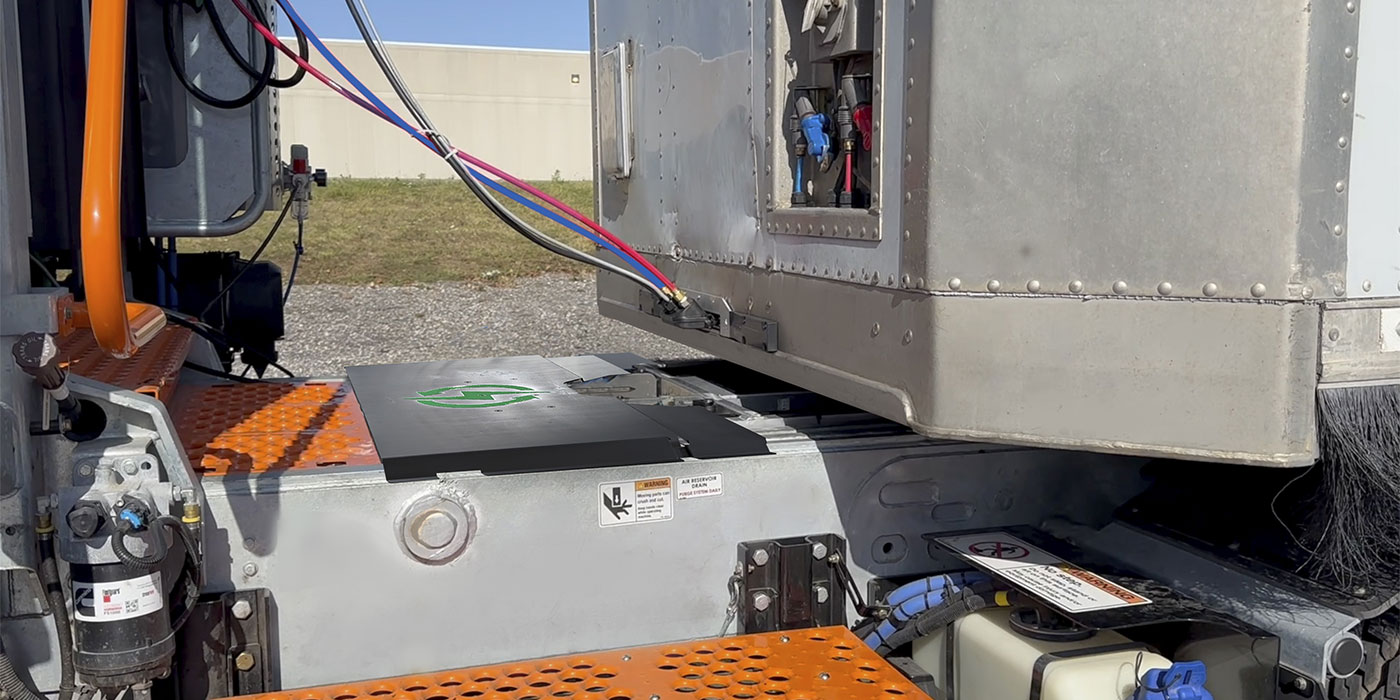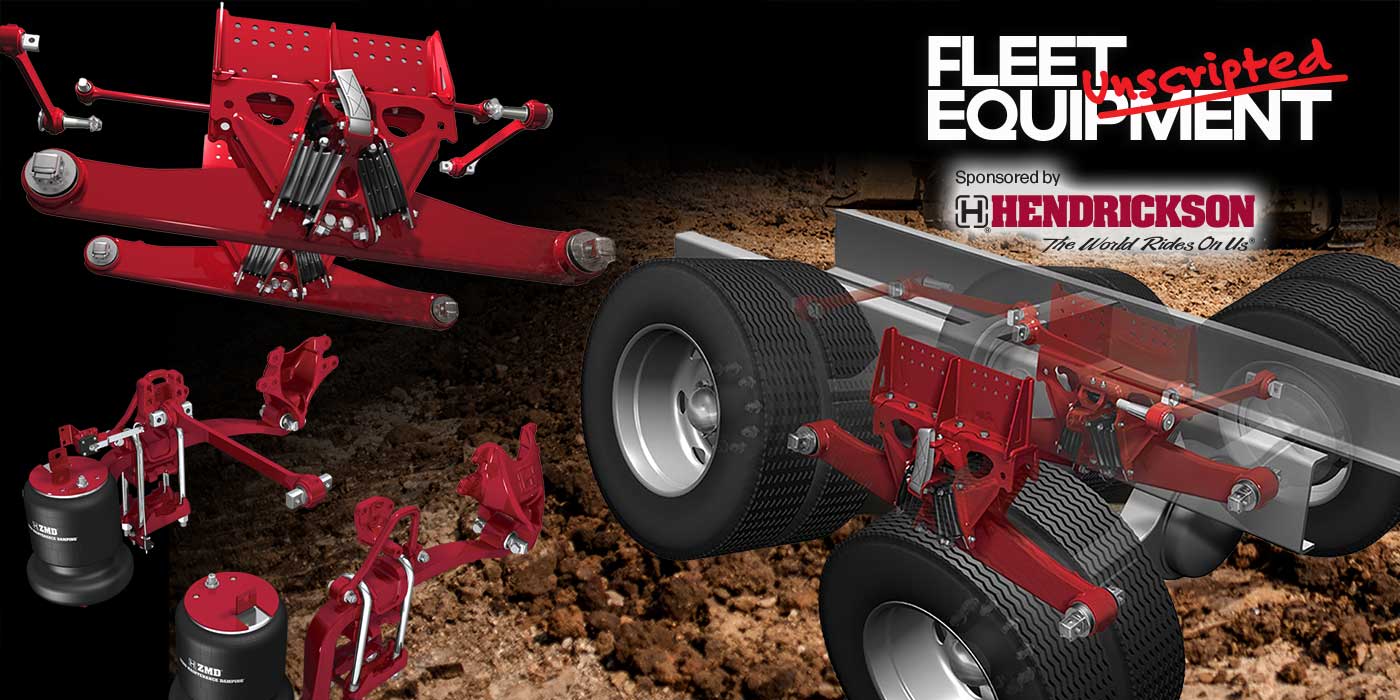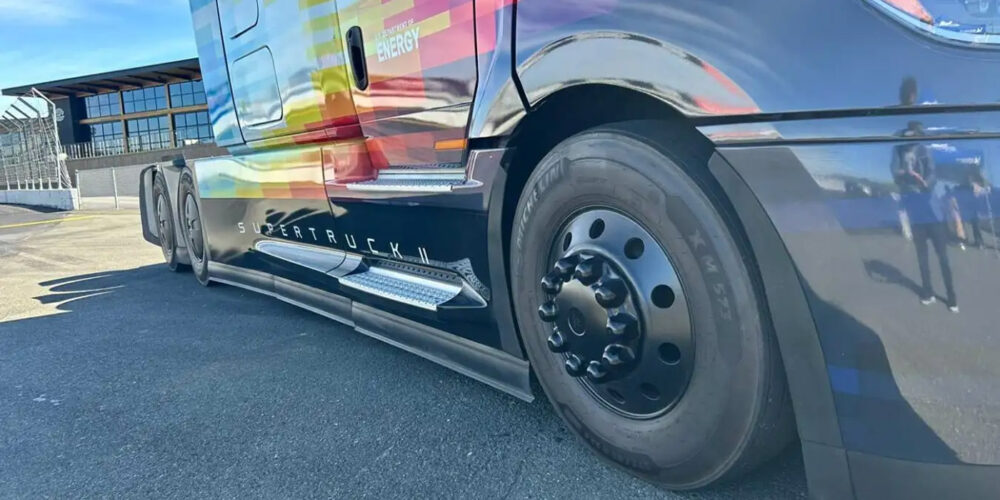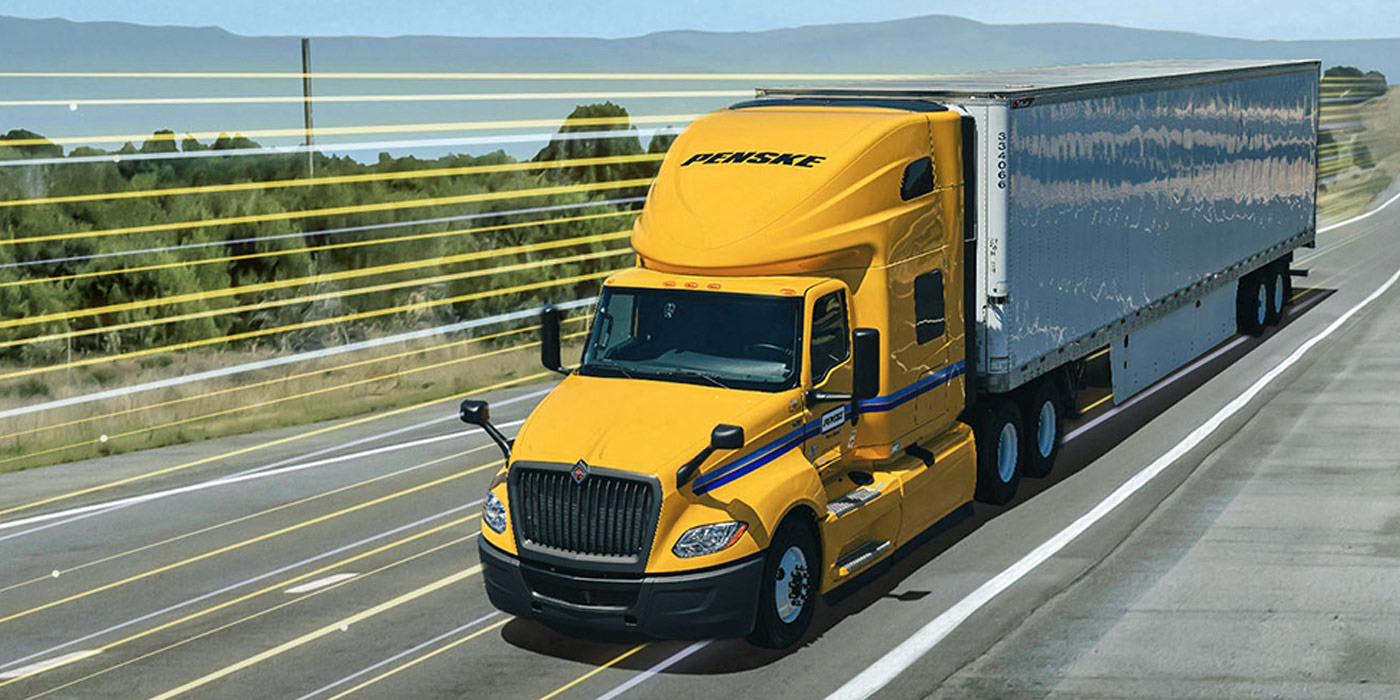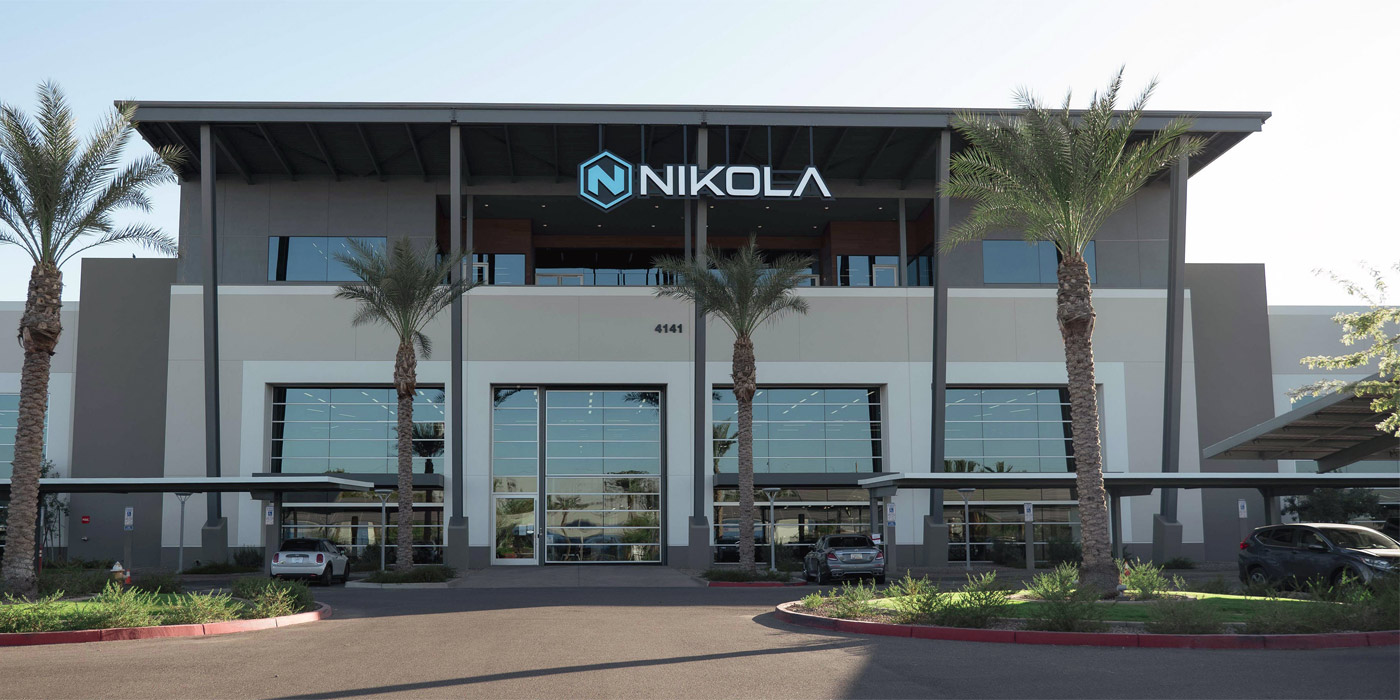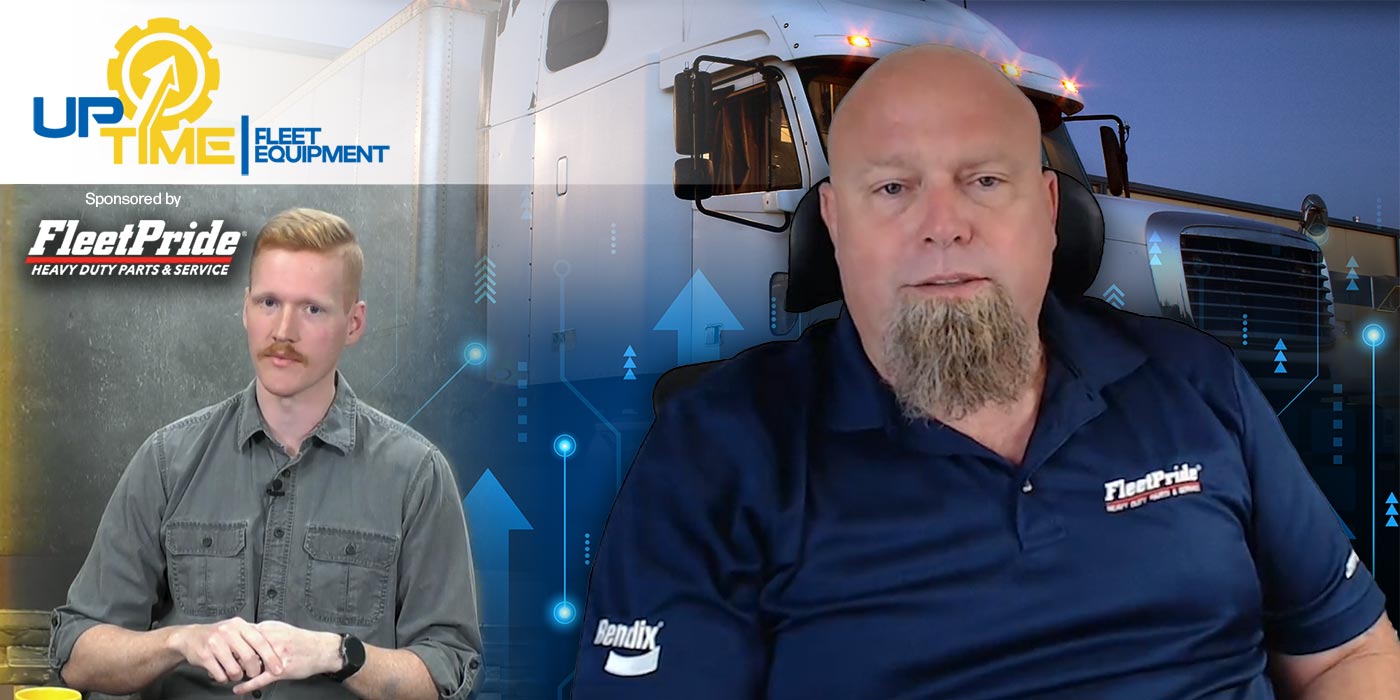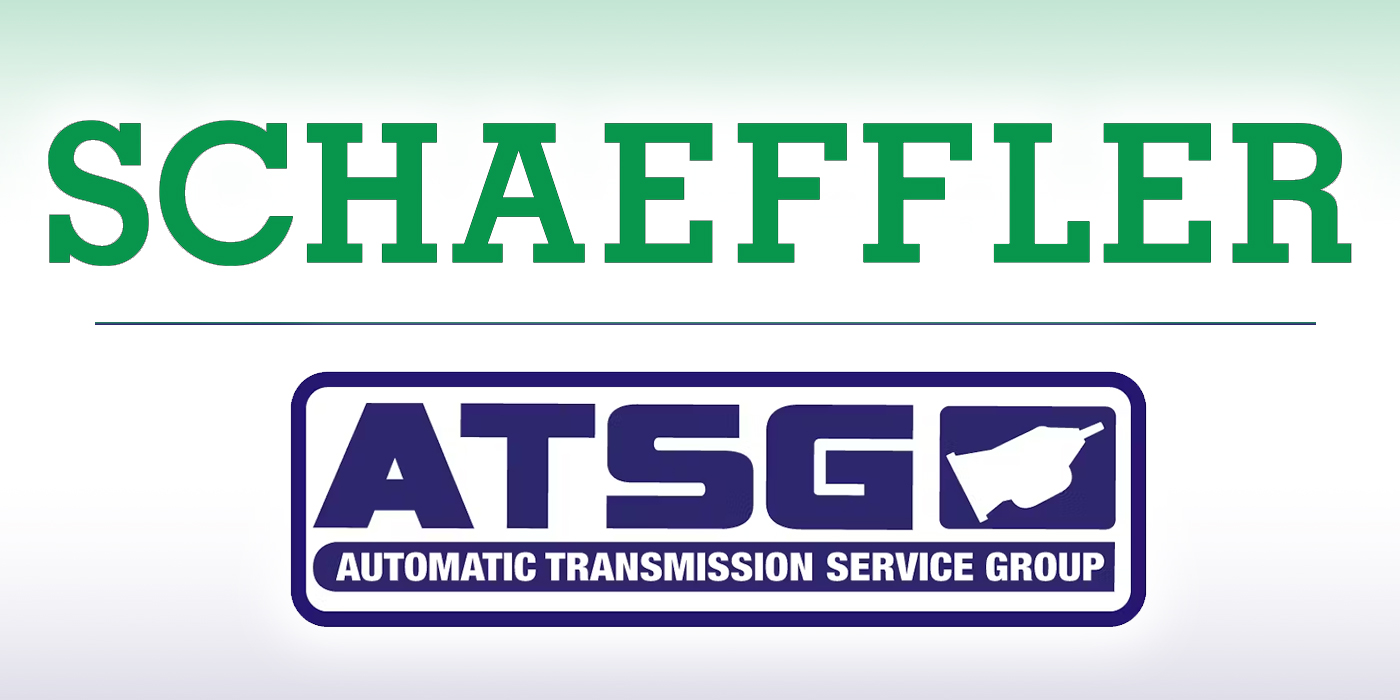Among the factors that impact the fuel efficiency ofheavy-duty combination vehicles is tire tread design. Recently, experts fromfour major tire suppliers discussed this topic and other factors with FleetEquipment. On the panel were:
• Bridgestone Americas Tire Operations: Erica Graves,engineering manager
• Continental Tire North America: Adam Willis, productdevelopment manager
• The Goodyear Tire and Rubber Co.: Tim Miller, marketingcommunications manager
• Michelin AmericasTruck Tires: Don Baldwin, product marketing manager
Q. What steer, drive and trailer tread design factors areaimed at improving vehicle fuel efficiency?
Graves: Much of the rolling resistance of a tire, about 35%to 50%, comes from the tire tread, so its design can have a significant impacton fuel economy. Typically, shallow treads are more fuel-efficient than deepones and rib designs tend to be more fuel-efficient than lug or block designs.But there are exceptions to the rib versus lug rule. With newer-generationdrive tires, incorporating continuous shoulder ribs, tire designers have foundthey can be a lot more flexible in selecting tread rubber compounds. The resultis that certain closed-shoulder drive tires offer overall fuel economy equal toor even better than some rib designs.
Miller: Fuel-efficient steer, drive and trailer tires haveunique tread designs and patterns. In particular, a fuel-efficient drive tire’stread is more rib-like than the tread on a standard tire, and while it may lookless aggressive it does not necessarily have less traction as many driversbelieve.
Willis: When designing a tread pattern for fuel efficiencyit is important to concentrate on reducing the deflection of the patternelements and the volume of the deflected rubber. This can be achieved in avariety of ways that include reducing the pattern depth and increasing thepattern stiffness. In addition, a base compound that is optimized for goodrolling resistance gives designers some degree of freedom when designing thetread pattern.
Baldwin: Tread designs with less movement in the featuresare better for fuel efficiency. Therefore, designs that use solid shoulders andare more “rib-like” are the most efficient. Block and siped designs tend to beless efficient, but to minimize this effect, sipes that are zigzagged in twodirections can allow for good traction while locking the block in place.
Q. How do tread compounds impact the fuel economy ofcommercial vehicles?
Miller: A different tread compound is used in each tire toachieve lower rolling resistance and better fuel economy than on standardtires. A fuel-efficient compound typically has a higher rebound value. In thepast, rubber compounds with this property might not wear very well, butengineers have come up with ways to improve rolling resistance without asignificant loss in the other properties that are required of a truck tire.
Willis: Tread compound properties contribute to a tire’soverall rolling resistance so a development goal is to reduce the amount ofhysteretic loss that occurs because rubber is not 100% elastic. With everyrevolution of the tire, rubber is deformed, energy is stored and released and acertain amount of the stored energy is dissipated into heat. Using less elasticmaterial in a tread compound can lead to higher levels of heat dissipation andan increase in the rolling resistance, decreasing fuel efficiency.
Baldwin: Silica in rubber compounds improves rollingresistance. Silica compounds generate less heat when they flex, leading to lesslost energy and more fuel efficiency. New rubber mixes that generate less heatwhen flexed are always under development.
Graves: Some compounds, especially those incorporatingsilica or using special formulas that combine natural and engineered-structuresynthetic rubber, can affect rolling resistance significantly. In some cases, atwo-layer, or “cap-base” tread can be used. The cap compound, which is chosenfor high resistance to abrasion and high traction characteristics, tends togenerate more heat, so a base layer with a cooler-running compound is chosen toprotect from heat buildup. The result is lower overall tire temperature forlonger casing life, which also means lower rolling resistance and better fueleconomy because less energy is wasted as heat.
Q. Why are new tires less fuel-efficient than tires with partially worn tread?
Willis: In general, as the tread wears, rolling resistanceis decreased, leading to better fuel economy. This is because the volume of thedeformed rubber is reduced and the pattern becomes stiffer, resulting in lessdeformation of the tread.
Miller: As tires wear down rolling resistance improves sowhen fleets take off worn-out tires and replace them with new fuel-efficienttires MPG may actually decrease for a while. Overall, though, the rollingresistance and fuel usage for fuel-efficient tires will be better over the lifeof the tires.
Baldwin: Treads and tread designs that move more whenflexing through the contact patch are less fuel-efficient. Therefore, as treadswear down they also become less flexible and more fuel-efficient.
Graves: With less tread, tires weigh less and with shallowertread a tire is less subject to energy-wasting squirm. When selecting a tire,it is important to look not only at the rolling resistance and fuel economy ofa new tire at full tread depth but also throughout the tire’s total life cyclefrom full tread to worn.
Bridgestone Americas Tire Operations: www.trucktires.com
Continental Tire North America: www.continental-truck.com
The Goodyear Tire and Rubber Co.:www.goodyear/truck
Michelin Americas Truck Tires:www.michelintruck.com

